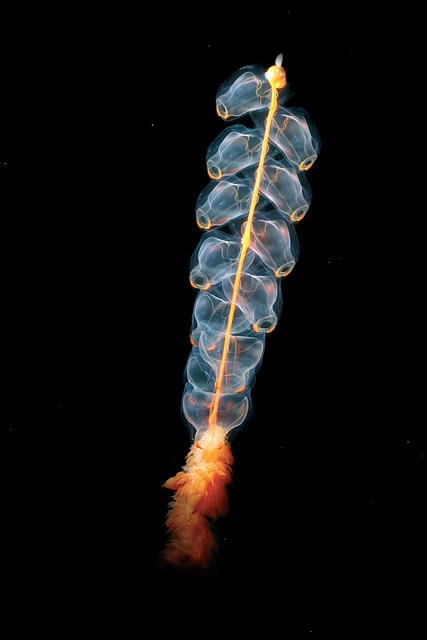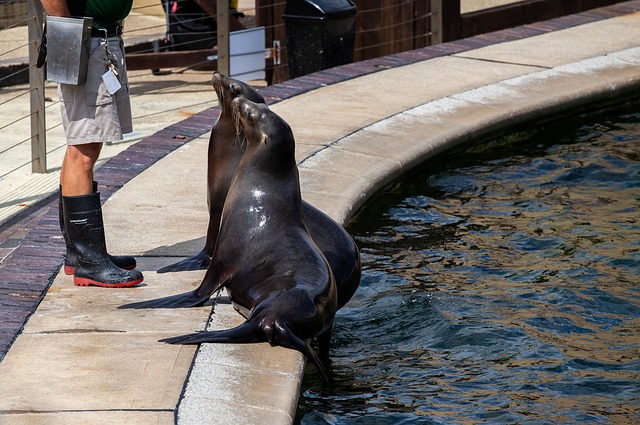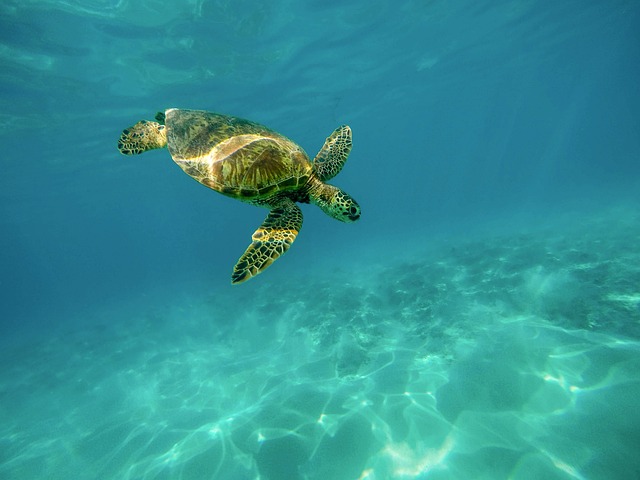Sea Lion Caves presents a captivating underwater journey showcasing stunning natural wonders shaped by coastal erosion and tidal forces over millions of years. Each unique ecosystem teems with marine life, offering visitors a rare glimpse into the geological history and biodiversity of these ancient sea caves. Exploring them allows one to appreciate both the raw beauty of their geology and the tales told by erosion patterns on the cave walls.
Discover the enchanting underwater vistas of Sea Lion Caves, a hidden gem offering a unique glimpse into Earth’s geological past. This natural wonder, shaped by millennia of coastal erosion, reveals intricate cave systems teeming with marine life. Explore the breathtaking formations, from stalactites to sea caves, while learning about the complex geological processes that created this underwater sanctuary. Accessing these sites responsibly is key to preserving their fragility, ensuring future generations can marvel at Sea Lion Caves’ natural wonders.
- Exploring Sea Lion Caves' Natural Wonders
- Unveiling the Geological Formation
- Unique Ecosystems Within the Caves
- Accessing and Preserving these Sites
Exploring Sea Lion Caves' Natural Wonders

Sea Lion Caves offers visitors a chance to explore breathtaking natural wonders beneath the waves, showcasing the remarkable Sea Lion Caves geology. The caves, formed by coastal erosion and tidal forces over millennia, reveal intricate stalactites and stalagmites that glitter in the dappled sunlight filtering through the ocean’s surface. Each cave is a unique ecosystem teeming with marine life, from playful sea lions to colorful fish species, providing an unparalleled underwater experience.
The geological history of Sea Lion Caves is as fascinating as its current biodiversity. Erosion patterns on the cave walls tell tales of ancient seas and changing coastlines, while the variety of rock formations offers insights into the region’s geological past. Exploring these underwater caverns allows visitors to connect with nature in a profound way, appreciating both the raw beauty of the Sea Lion Caves geology and the delicate balance of marine ecosystems.
Unveiling the Geological Formation

Sea Lion Caves’ breathtaking underwater views are a result of millions of years of geological processes. The caves themselves are carved into ancient marine limestone, formed when sea levels were much higher, leaving behind a vast network of subterranean chambers and tunnels. Over time, the rising land masses pushed these once-submerged caverns closer to the surface, creating a unique ecosystem where ocean meets land.
This remarkable geological formation offers visitors a chance to explore a world untouched by time. The caves’ intricate patterns, stalactites, and stalagmites showcase the slow yet constant work of nature. Geologists and enthusiasts alike find endless fascination in these underwater wonders, providing an insightful glimpse into the region’s rich geological history.
Unique Ecosystems Within the Caves

The Sea Lion Caves, with their intricate network of underground passages and chambers, are not just breathtaking in their beauty but also boast unique ecosystems that have evolved over millennia. The geological formations within these caves, shaped by ancient seas and tectonic forces, provide habitats for a diverse range of marine life, from tiny shrimp to majestic sea lions. The constant temperature and high humidity levels create microclimates that support specialized species adapted to this hidden realm.
The Sea Lion Caves’ geology serves as a living laboratory where scientists study the interplay between organisms and their environment in extreme conditions. These unique ecosystems are not only fascinating for researchers but also offer visitors a chance to witness nature’s resilience and adaptability up close, making each cave exploration an educational experience that highlights the intricate balance of life beneath the waves.
Accessing and Preserving these Sites

Accessing these unique underwater vistas at Sea Lion Caves involves a careful balance between exploration and preservation. Visitors can reach these caves through guided tours, ensuring minimal impact on the delicate marine ecosystem. The trails winding through the cave system are meticulously designed to protect the ancient geology of the site while offering breathtaking views.
Preserving these caves is an ongoing effort to safeguard their natural beauty for future generations. Strict regulations and conservation practices are in place to prevent damage from human activity, ensuring that the marine life and geological features remain undisturbed. This includes controlling visitor numbers and implementing sustainable tourism practices to maintain the caves’ ecological balance.














